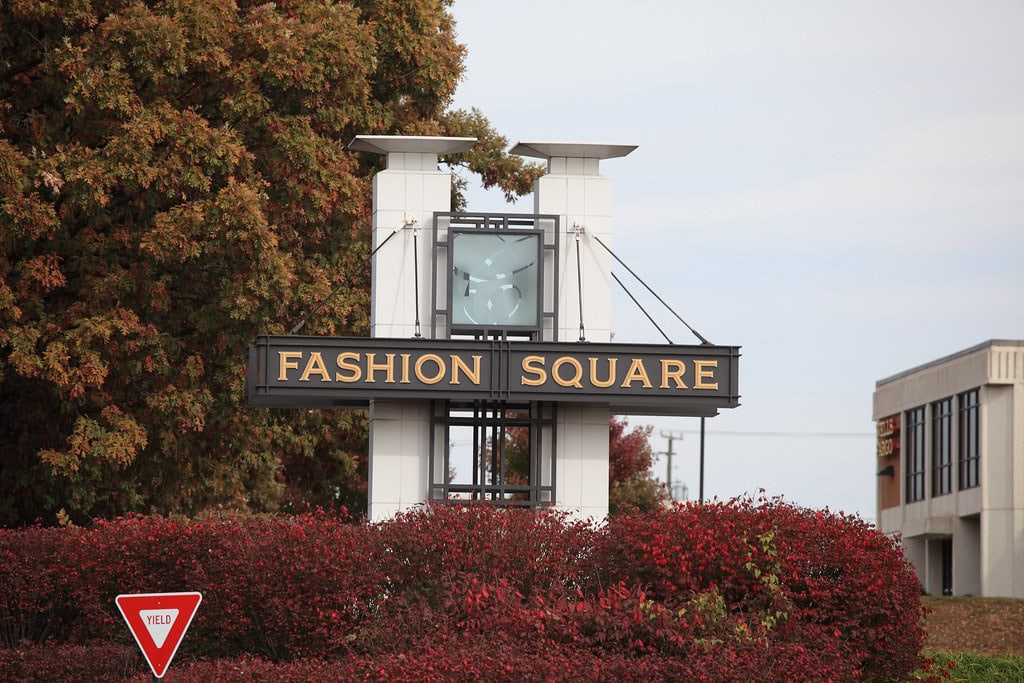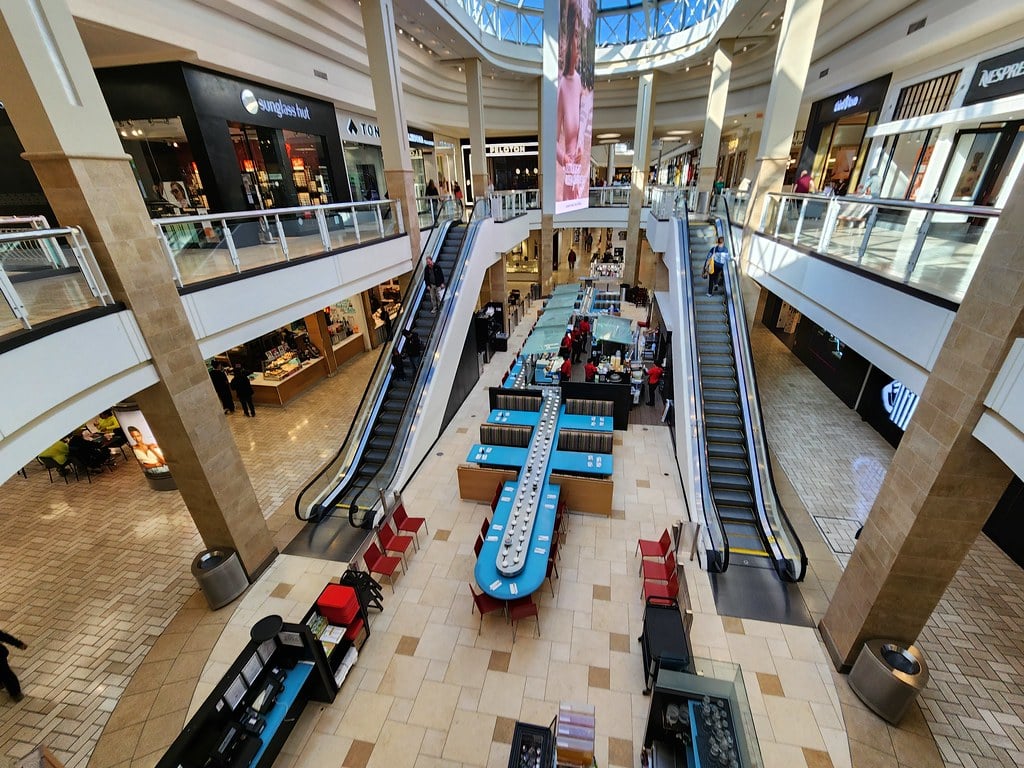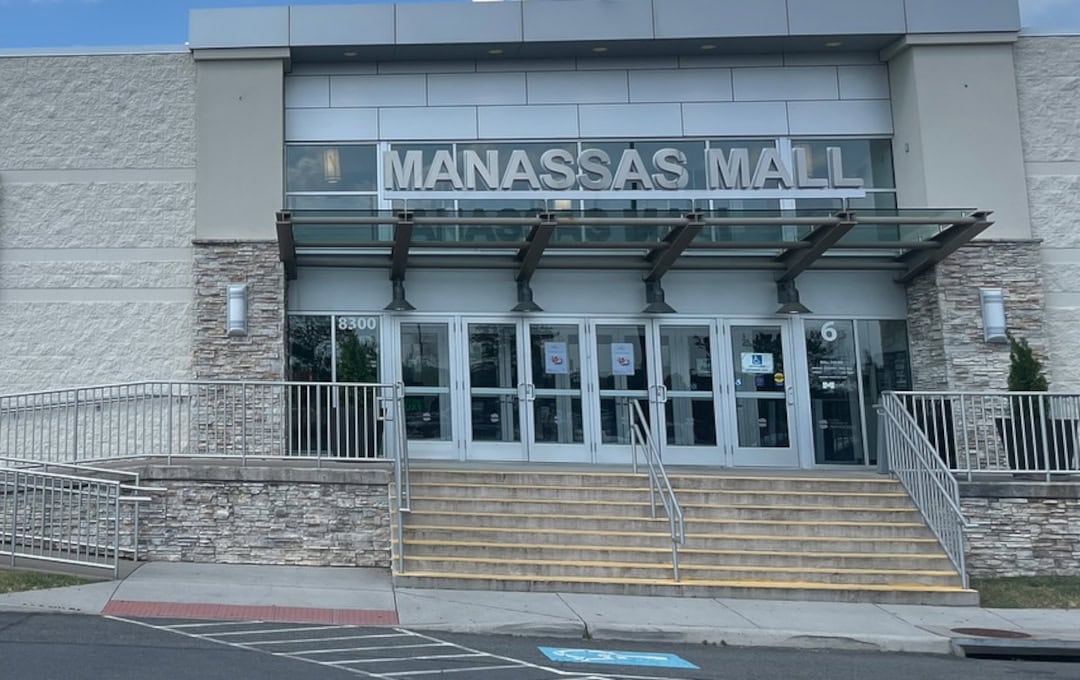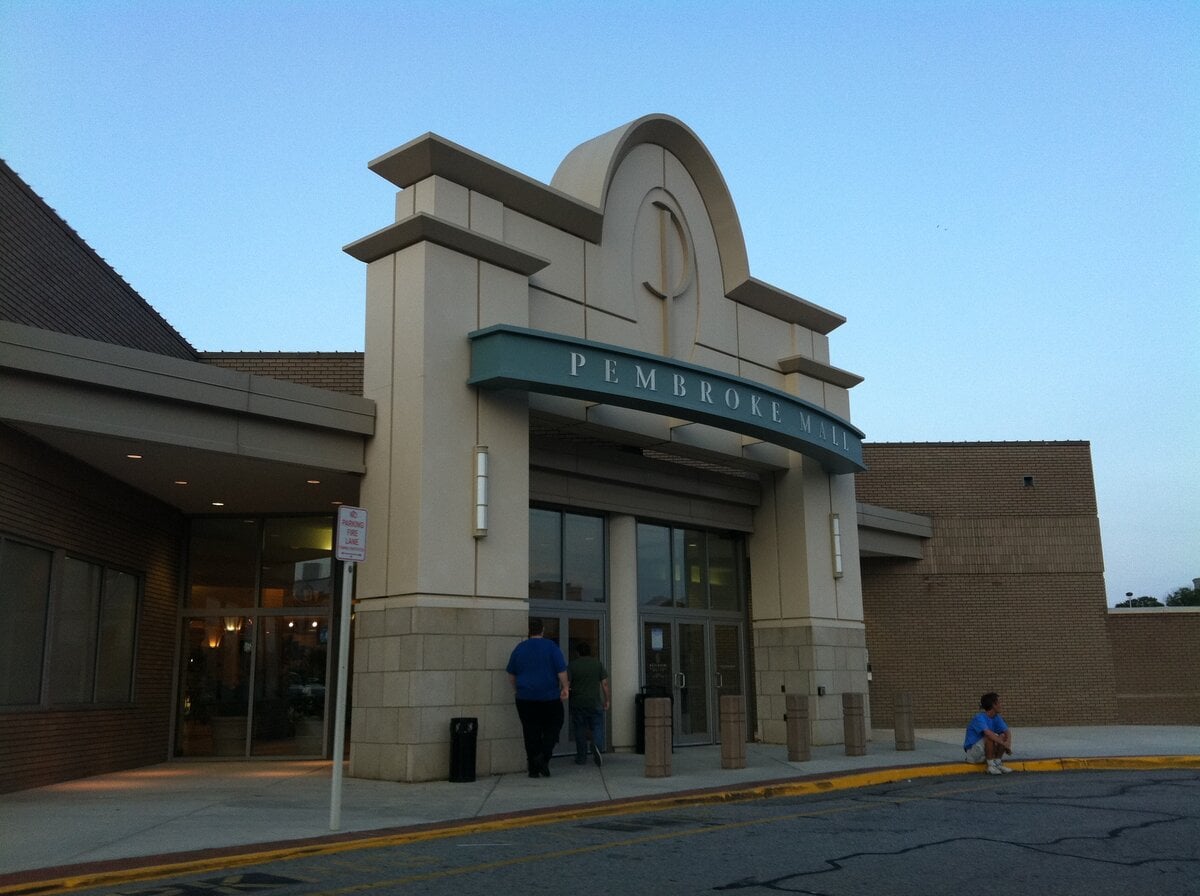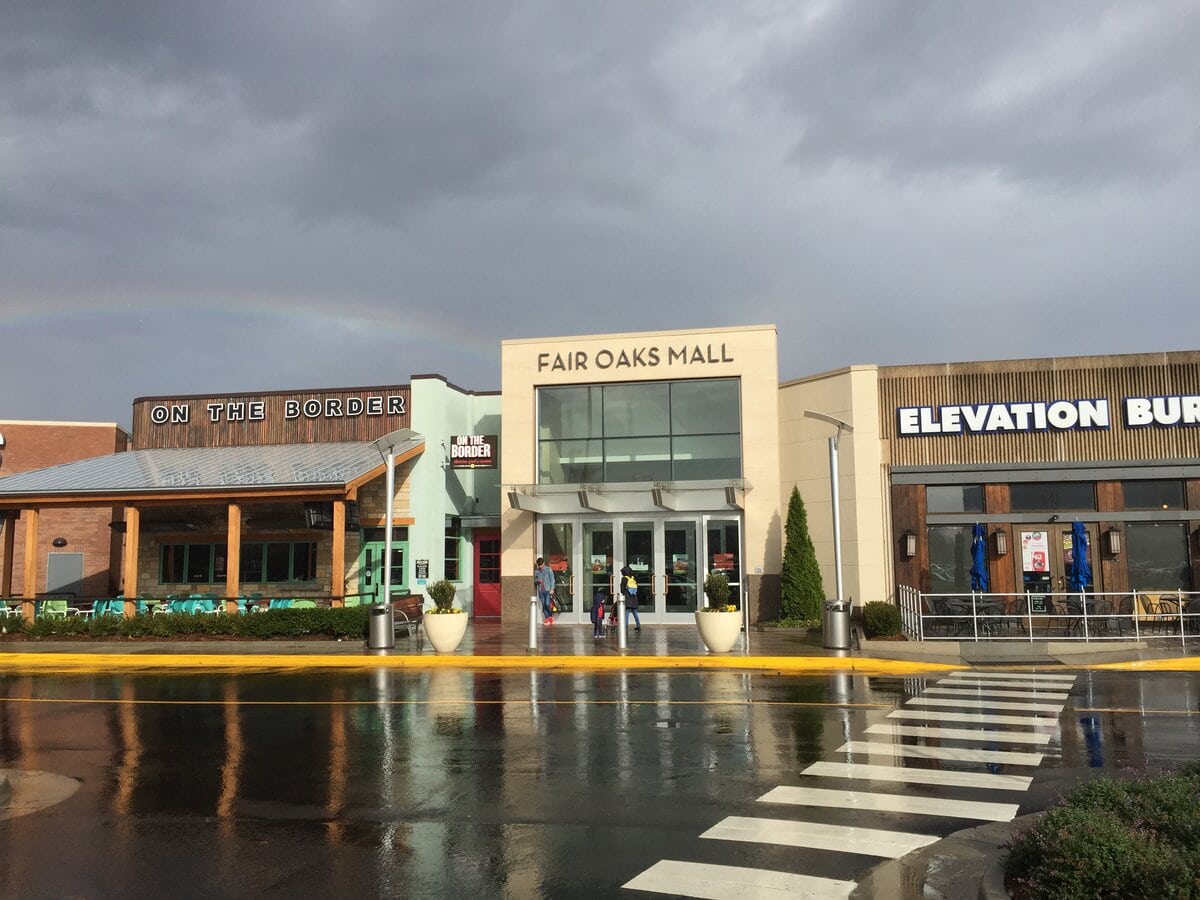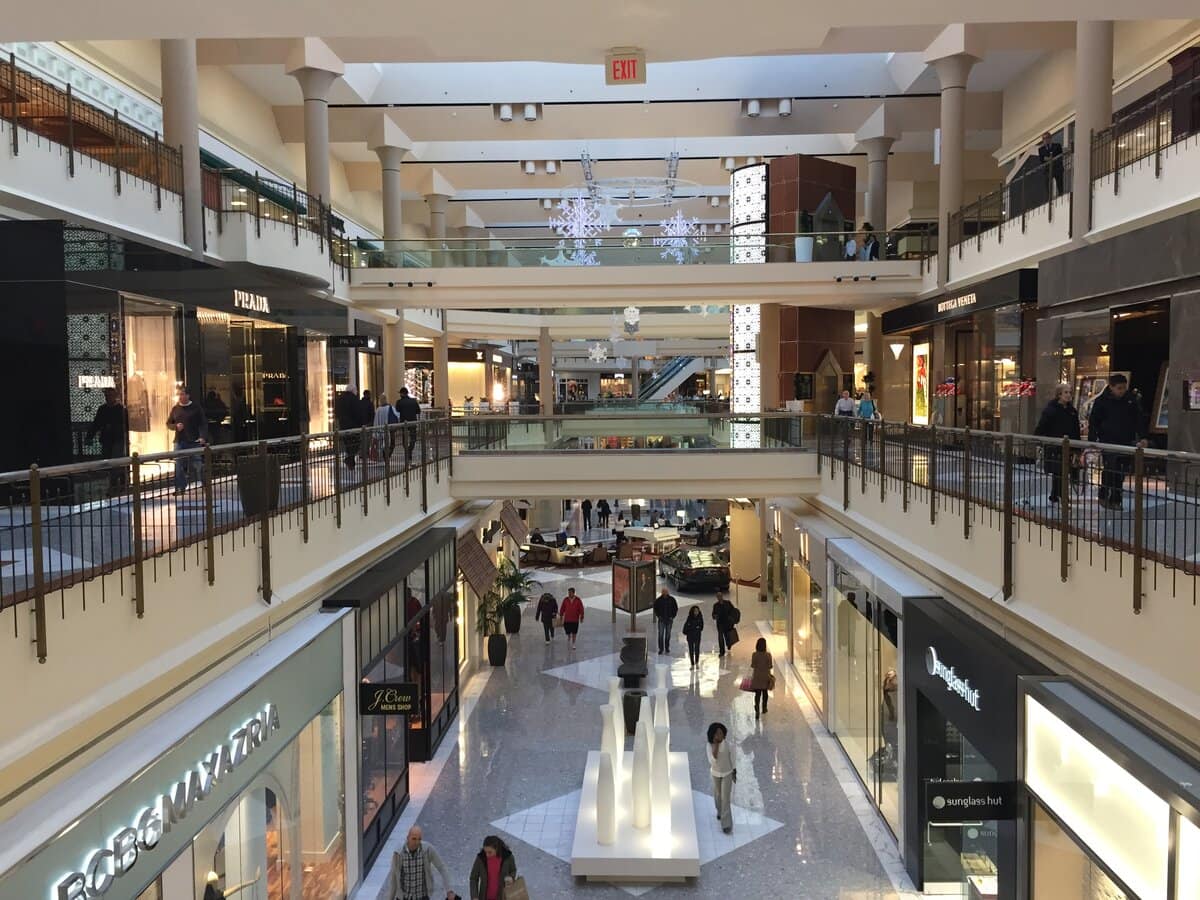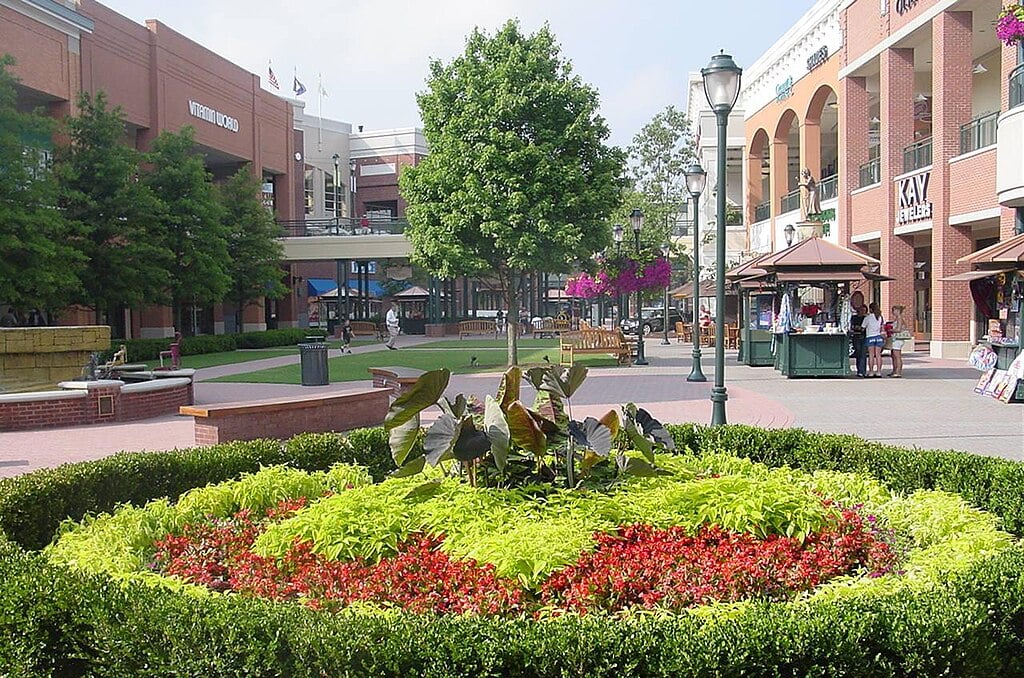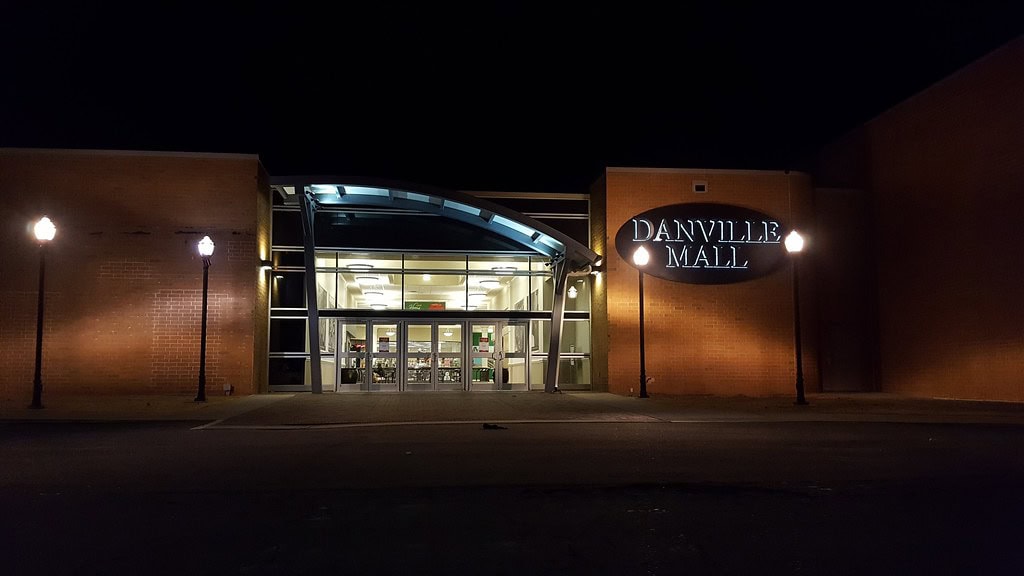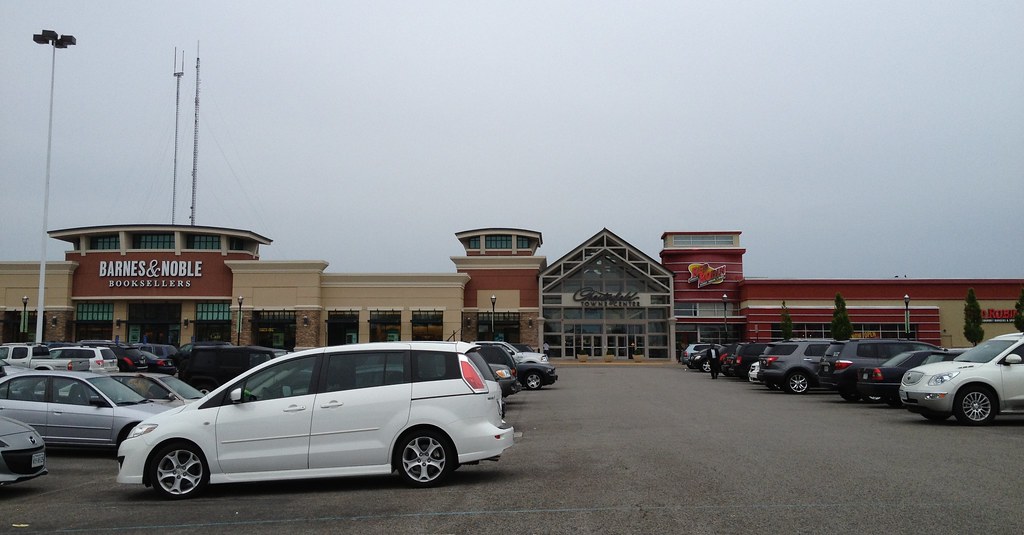From Wheat Field to Landmark: The Birth of Hotel Roanoke
The story began in a wheat field. In 1882, the Norfolk and Western Railway decided its new headquarters town, now called Roanoke, needed a hotel for travelers and company leaders arriving by train.
The company spent twenty thousand dollars and hired Philadelphia architect George T. Pearson. Soon, a Tudor-style building stood on a bare hill above the train station.
By Christmas Day, 1882, Hotel Roanoke opened with thirty-four guest rooms, an elevator, and a dining room for two hundred people.
It also had the city's first sewer line and a system of speaking tubes so staff could talk to each other across the large building.
The hotel's opening felt more like a citywide celebration than a quiet beginning. On Christmas, guests enjoyed a nine-course dinner and danced late into the night.
Soon after, porters in uniform met trains below and walked guests, mostly railroad workers and their well-dressed friends, up the hill.
Within months, the hotel had doubled in size. Roanoke, once a quiet farming village, had become a busy railroad town with a new social center.
By the end of the decade, a new wing on the west side replaced the original center part, increasing the number of rooms to ninety-four.
At that time, the hill still had no trees, and the air was full of coal smoke. But the hotel stood out as a sign in wood and brick that the city had succeeded.
Fires, Additions, and a Growing Reputation
The prosperity of the 1890s didn't spare the hotel from trouble. In July 1898, a fire began in the kitchen and tore through the upper floors of the west wing, burning down the second and third stories.
Reconstruction began almost immediately. By January 1899, guests were checking in again, underlining the importance of the place to both the railroad and the city.
The early 1900s brought steady growth. In 1916, the last part of the original 1882 building was moved to make space for a new east wing designed by the Roanoke firm Frye and Chesterman.
Then, in 1931, that part was finally torn down to make way for a modern addition.
This new section had seventy-five rooms, running ice water, phones that could be moved, and a garage for sixty cars. Even during the Depression, Norfolk and Western continued to invest in the hotel.
It was more than just a business; it was a sign of stability in a town that was always changing.
Behind the scenes, most of the workers were African American, many of them children or grandchildren of railroad workers who had come to Roanoke years earlier.
In the busy kitchens, the hardworking laundry, and the lively dining room, these men and women built a lasting legacy, even though they could not stay as guests until 1964.
The hotel's famous peanut soup was created by Fred R. Brown, an African American cook whose creativity and background shaped every bowl.
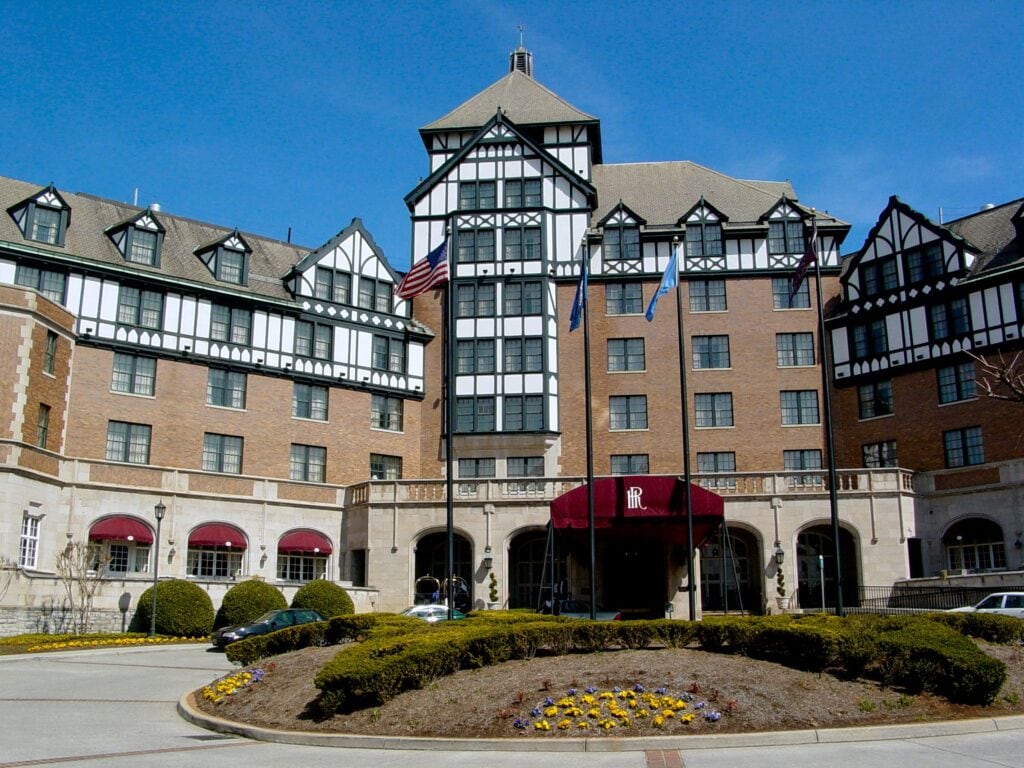
The 1938 Rebirth and the Air-Conditioned Age
By the late 1930s, the hotel was ready for a fresh start. At this time, the Norfolk and Western Railway hired the New York firm George B. Post & Sons, experts in modern hotels, to design a new central wing.
Architect Knut W. Lind planned a building made of stone and wood, grand yet modern, and, most importantly, one of the first hotels in America built specifically for air conditioning.
Completed in 1938, the new main wing had 181 rooms, a penthouse, a rooftop garden, and underground parking for one hundred cars.
The interior was quietly elegant. The next year, the Regency Room opened, serving French-style Southern food under pewter and wood chandeliers.
In the Palm Court, the ceiling displayed a painted group of stars with the date November 1, 1852, which marked the day the first train came to Roanoke.
Landscape architect Albert Ayrton Farnham from Virginia Tech turned the seven-acre site into a garden retreat. Magnolias and red maples lined the grounds.
He planted dogwoods and Japanese cherry trees, then added a reflecting pool whose perfect shape still reflects the hotel's Tudor rooflines.
After the war, Cleveland architects Small, Smith, and Reeb added two more wings: one in 1946 with 109 rooms and another in 1954 with halls for shows and more dining space.
By the middle of the century, the hotel had 416 rooms and the quiet confidence of a well-known place.
Strikes, Closures, and a Public Revival
The next fifty years were less predictable. In 1983, workers went on strike after contract talks broke down.
The dispute lasted six months, and the National Labor Relations Board eventually ordered the hotel to give jobs back to thirty-six fired employees.
It was a local drama that also reflected the changes of the time: big companies merging, new work rules, and a hotel business changing faster than old railroad towns could keep up with.
In 1989, after 107 years of ownership, Norfolk Southern, which took over from Norfolk and Western, closed the hotel.
The company gave it to Virginia Tech for a symbolic $65,000. A flag-lowering ceremony marked the end of an era.
For seventeen days, local people picked through furniture, lamps, and souvenirs from the sale of its contents.
But Roanoke was not done with its beloved hotel. In 1992, a campaign called Renew Roanoke began, bringing the community together to raise money for repairs.
By Christmas that year, the generosity of many people had raised just over $5 million in donations, both large and small.
Norfolk Southern, recognizing the hotel's importance, added $2 million more. In total, about $42 million of hope, hard work, and dedication went into restoring the hotel and building a new conference center next door.
The new center, with its glass walkway shining above the tracks, reconnected downtown in several ways.
On April 3, 1995, the Hotel Roanoke reopened as a DoubleTree hotel. The first guest arrived with a police escort and a Marine color guard.
Sirens sounded and bugles played. A four-lock key-turning event took place, a ceremony that was, in fact, called a world record.

Heritage, Prestige, and the Long View
The restored hotel was soon listed on the Virginia Landmarks Register and the National Register of Historic Places.
Inside, the chandeliers, terrazzo floors, and murals by Hugo Ohlms looked much as they had in 1938. The Pine Room, once a wartime officers' club, still smelled faintly of pine and history.
Six U.S. presidents: Eisenhower, Nixon, Ford, Carter, Reagan, and George H.W. Bush stayed there.
In 1918, Henry Ford, Thomas Edison, and Harvey Firestone stopped on one of their camping trips. In 1964, Mahalia Jackson became the hotel's first Black guest.
By the 2000s, the Hotel Roanoke & Conference Center had become a key part of the region's economy.
A study found that from its 1995 reopening through 2014, it added more than $600 million to the local economy. The hotel had 327 rooms and 63,000 square feet of meeting space.
It had a quiet confidence that few buildings ever achieve.
In 2016, Hilton moved the hotel from the DoubleTree group into its Curio Collection, making it more popular with travelers who preferred history over new trends.
The Virginia Tech Real Estate Foundation still owned it, while Benchmark Resorts & Hotels began managing it.

Renovations, Rumors, and the Road Ahead
The story continues. In early 2024, the hotel began a $14 million renovation of all 328 guest rooms. One month later, city officials approved bond financing for a $10 million conference space expansion.
The following spring, to mark the thirtieth anniversary of its reopening, the hotel released renderings for a new 10,000-square-foot event space that would enclose the north courtyard.
Then came a bit of uncertainty. In October 2025, Virginia Tech confirmed it was considering selling the hotel.
Spokespeople said any decision would be made together with the City of Roanoke, which also owns the conference center.
They explained that the talks were just to explore options, not because of any urgent problem. It was a normal pause after thirty years of working together.
For now, the Hotel Roanoke stands as it always has, on its hill above the tracks, a Tudor fortress of memory and hospitality.
Trains still rumble by, though fewer passengers look up. The magnolias planted by Farnham still bloom in spring.
Each evening, as the chandeliers flicker to life in the lobby, the old hotel seems to say that history, if cared for, can remain open for business.


